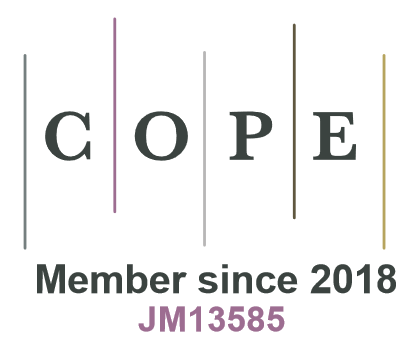Select issue
Silva Fennica 1926-1997
1990-1997
1980-1989
1970-1979
1960-1969
1950-1959
1940-1949
1926-1939
Acta Forestalia Fennica
1992-1999
1984-1991
1974-1983
1968-1973
1953-1968
1933-1952
1913-1932
Articles by Hampus Holmström
Category : Research article
article id 1046,
category
Research article
(2013).
Evaluating continuous cover forestry based on the forest owner’s objectives by combining scenario analysis and multiple criteria decision analysis.
Silva Fennica
vol.
47
no.
4
article id 1046.
https://doi.org/10.14214/sf.1046
Highlights:
Scenario analysis and multiple criteria decision analysis were combined to evaluate alternative forest management strategies for Linköping municipality, Sweden; Continuous cover forestry (CCF) promoted ecological and social objectives better than even-aged forestry but was worse for economic objectives; Ecological and social objectives were important to the municipality and thus, in summary, CCF seemed to be a suitable strategy.
Abstract |
Full text in HTML
|
Full text in PDF |
Author Info
Forests are increasingly managed both to provide a sustainable yield of timber and for supplying a range of ecosystem services in line with the concept of sustainable forest management. Several incommensurable interests must then be considered, and it is necessary to strike a balance between different objectives. In evaluation of trade-offs to be made, both objective factors and subjective values need to be taken into account. In recent years, continuous cover forestry (CCF) has been put forward as an alternative to even-aged forestry. The aim of this study was to use scenario analysis in combination with multi criteria decision analysis (MCDA) to evaluate whether CCF is a suitable strategy based on the decision makers’ objectives and preferences for sustainable forest management in a specific landscape. This approach was applied to a planning case on the forest estate of the Linköping municipality in southwestern Sweden. The scenario analyses provided insights into relevant quantitative factors, while the MCDA evaluation helped in clarifying the objectives of the forest management and in assessing the relative importance of various objectives. The scenario analyses showed that in this case CCF is a good management strategy in ecological and social terms but yields worse economic outcomes than conventional even-aged forestry. In the Linköping case, there was a relatively strong emphasis on ecological and social aspects and thus, in summary, CCF seemed to be the most suitable option.
article id 496,
category
Research article
(2003).
Cost-plus-loss analyses of forest inventory strategies based on kNN-assigned reference sample plot data.
Silva Fennica
vol.
37
no.
3
article id 496.
https://doi.org/10.14214/sf.496
Abstract |
View details
|
Full text in PDF |
Author Info
The usefulness of kNN (k Nearest Neighbour)-assigned reference sample plot data as a basis for forest management planning was studied. Cost-plus-loss analysis was applied, whereby the inventory cost for a specific method is added to the expected loss due to non-optimal forestry activities caused by erroneous descriptions of the forest state. Four different strategies for data acquisition were evaluated: 1) kNN imputation of sample plots based on traditional stand record information, 2) imputation based on plot-wise aerial photograph interpretation in combination with stand record information, 3) sample plot inventory in the field with 5 plots per stand, and 4) sample plot inventory with 10 plots per stand. Expected losses were derived as mean values of differences between the maximum net present value and the corresponding value obtained when the treatment schedule believed to be optimal (based on data simulated according to method 1–4) was selected. The optimal choice of method was found to depend on factors such as stand maturity, stand area, and time to next treatment (thinning or clearcutting). In general, the field sample plot methods were competitive in large mature stands, especially when the time to the next (optimal) treatment was short. By in each stand (within an estate) employing the method with the lowest cost-plus-loss rather than choosing the method that performed best on average for the entire estate, the total cost for inventory at the estate level could be decreased by 15–50%. However, it was found difficult to identify what method should optimally be employed in a stand based on general stand descriptions.
Click this link to register to Silva Fennica.
If you are a registered user, log in to save your selected articles for later access.
Your selected articles


